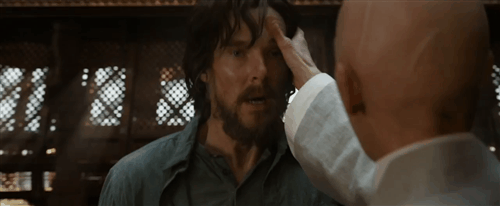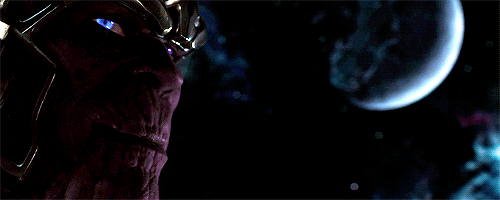Not in all directions.
If I understand correctly (and I probably don't), the possibility of having crystals altered both spatially -and- temporaly means a possible "state" change, which means 0 or 1 depending on induced factor (chemical? Electrical? Physical?). Therefore the possibility of memory state, but at possible quantum scale, and with a stability that would be incredibly more robust than what we currently have, as crystals are (I think) much less likely to be affected by Electro Magnetic signals as opposed to say anything that would be metal based (or storing an electrical charge).
Am I close? Like at all?
This sounds like it's right:
I'm still going to need someone to tell me what they mean by crystals being nonsymmetic. The whole point is that they are repeating structures. Nonsymmetic under what?It's not actually turning anything into a crystal.
Basically
Crystals are odd because the internal structure is not symmetrical, it varies (unlike most other things - there might be other stuff by my material science knowhow reaches limits here).
That's odd because the laws of physics are spatially symmetrical (i.e it is equivalent here, on the moon, its all the same everywhere).
Now, these guys figured, if crystals can be nonsymmetric in terms of space, can it be nonsymmetric in terms of time. Turns out it can, by cooling some charged particles (within some crystal I guess) down to close to absolute zero, which is like a 0 energy state. Because of the charged particles repelling each other they create a ring which should be perfect, but each particle has this other property called spin (I'm not going to get into spin it's weird to explain properly) and it's each particles spin interacting with other particles that is causing this nonsymmetry.
These interactions happening at a faster rate than it should be, thus the scientists have made a crystal nonsymmetric with respects to time, i.e Time Crystal.
I haven't done QM in ages so fellow scientitians don't kill me.







